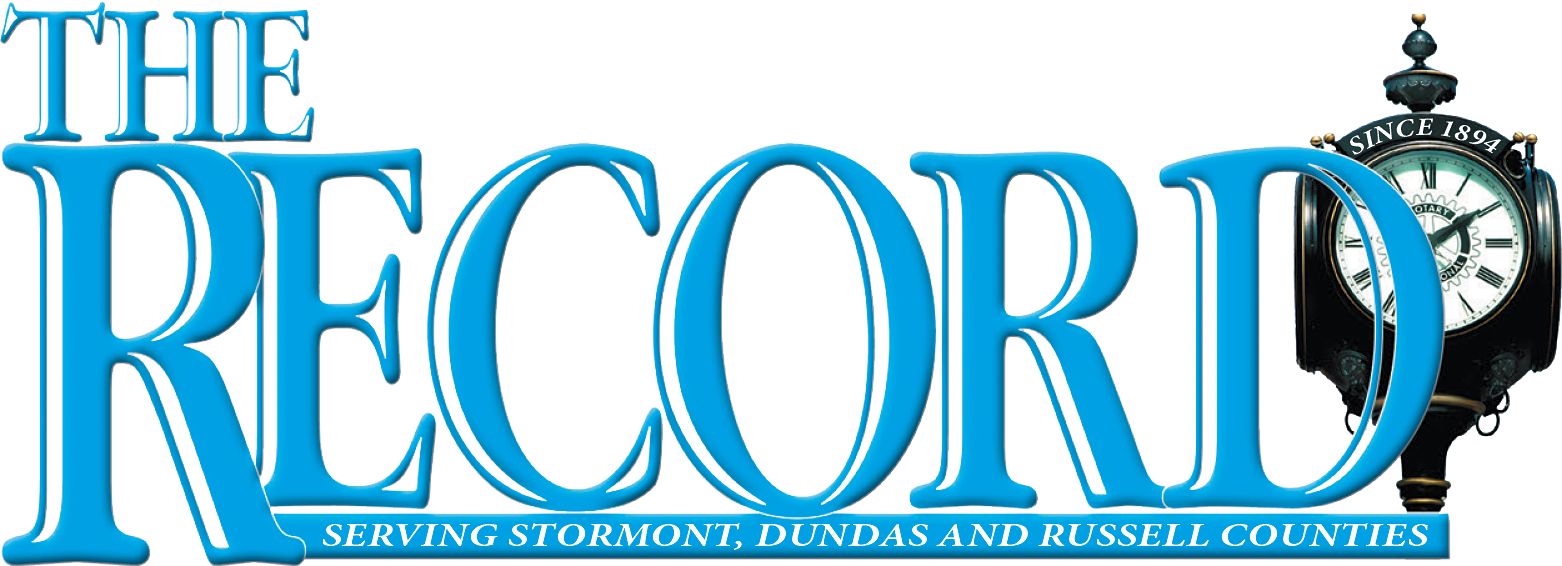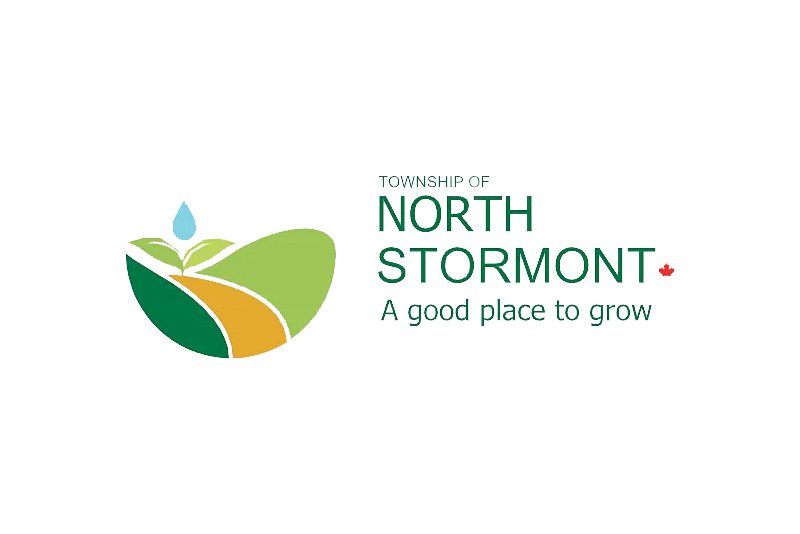BERWICK – Politicians with the township of North Stormont recently approved a new Water and Wastewater Asset Management Plan.
“The first thing that I like to point out is why we have an asset management plan,” Ontario Clean Water Agency (OCWA)’s Nick Larsen said. “You’ll see that I put regulatory compliance at the bottom of the list because while ‘yes’, it’s important to have regulatory compliance, I think even in the absence of Ontario Regulation 588 there’s a lot of value to an efficient, properly designed asset management plan that becomes, as you’ll see, your living document that can be updated efficiently on an annual basis.”
Larsen presented the summary of the Asset Management Plan during the March 22 council meeting. As per Ontario Regulation 588/17, municipalities must have an approved asset management plan for all core assets, such as roads, bridges, culverts, water, wastewater, and stormwater management systems, by July 1.
“So, why an asset management plan? Number one is to understand the value of infrastructure investments. So, what do we get for our money? And that let’s us evaluate the impact of spending more, or less, on the performance of the infrastructure,” Larsen said.
In addition to reviewing why an asset management plan is essential, Larsen also explained OCWA’s process for creating North Stormont’s plan, and what that looks like for the municipality. In terms of the plan’s scope, Larsen said it covers all the township’s rate-supported infrastructure, which is water and wastewater infrastructure. He said the total portfolio is worth roughly $66 million and includes roughly 1,100 individual assets.
“The information that we’ve sent you and how we produce an asset management plan means that it can be efficiently updated, essentially on an annual basis, and that might seem like, ‘oh ,we don’t want to do a big asset management plan every year,’ but think about if you’ve read or flip through our report, the graphs that are in there, the summary of the inventory. So, what we’re going to be doing is every year as the work is done through operations, we’ll update the performance of assets that we’ve spent money on this year, so they’ll go from red to green. We’ll also understand if any assets have gone from the yellow to the red, you know, have gone from fair to poor,” Larsen said. “So, we’ll have that happening in our Maximo system on a routine basis, so that means that the process to export that data and put it into our forecasting tool and update. A forecast is a fairly efficient process that really does allow you to track your spending against performance on an annual basis, which over time will give you a really strong foundation to start making your next decision with respect to making investments in your water and wastewater infrastructure.”
Larsen then spent roughly 25 minutes answering questions from council members and clarifying numbers and concepts. Both Larsen’s presentation and his report can be found in the March 22 meeting’s agenda package. To listen to the presentation and the discussion afterward, a recording of the meeting is available on North Stormont’s Facebook page.











